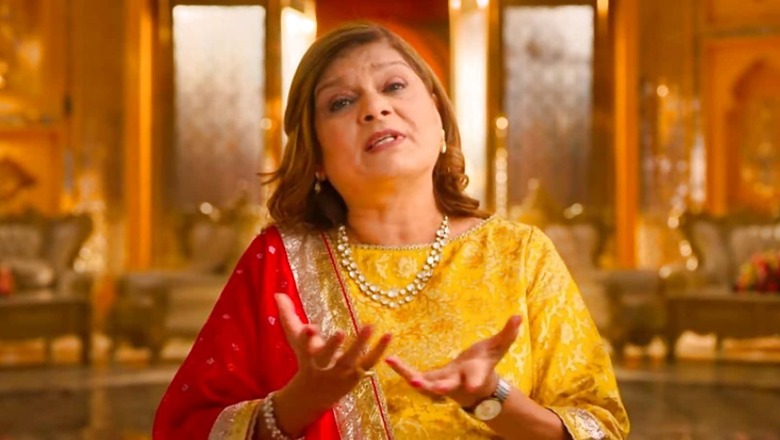
views
South Asia’s second favourite (after Koffee With Karan) cringe-binge show – Indian Matchmaking – is back with its second season. And this time, it succeeds in continuing with the toxic traits that it became known for when it was first released by Netflix during the pandemic in 2020. Concealed, yet overarching, casteism, colorism, ageism and sexism continue to be the golden rules for matchmaker Sima aunty from Mumbai while “aligning the stars”. In 2020, the show was trolled by netizens for its problematic content that encouraged parochial notions associated with traditional matchmaking. In season 2, the “bedrock of marriage” – compromise and adjustment – has been repackaged as “patience”. Sima Taparia is still your next-door aunt that offers unsolicited, dated ‘dating’ advice in the new season that promises nothing new apart from the digitization of her precious biodatas.
Casteism and Classism
As Sima explains in Season 1, “In India, we have to see the caste, the height, the age.” Even though the show doesn’t explicitly call out caste, disguising it in biodata terms like ‘“similar backgrounds and communities,” it fails to portray the myriad religions that make up India’s diversity. Apart from Rupam, a Sikh divorcee, who is replaced by another Sikh candidate Arshneel in season 2, the show doesn’t stretch itself beyond the upper caste, Hindu trope. Muslims, Christians, Dalits are non-existent on Sima’s marriage radar. Arranged marriage in India has existed as an age-old scam to preserve the caste hierarchy. Just a few days back, a Dalit boy in Rajasthan was beaten to death for touching a pot of water meant for the upper castes. A show that centres around South Asian cultural representation, choosing to exclude India’s rich religious diversity, perpetuates classism and casteism that continues to plague the world.
You know what weirds me out about Indian Matchmaking? Whenever they take you to a city in the US, they show the cityscape and surroundings, whereas for an Indian city it’s poor folks on the street right before you jump into watching rich Hindu UCs in their expensive homes— nainika (@badassflowerbby) August 12, 2022
On Indian matchmaking, everyone who starts listing out their criteria never says they want a partner that is emotionally available, trustworthy, dependable, reliable, assertive, has healthy boundaries, and again the issue of caste comes up where clearly that is a strong presence— Navjot Pal Kaur (she/her) (@navjotpkaur) August 12, 2022
Fair, Slim, Trim
A recipe to find the man of your dreams – fair, slim, trim – according to Sima aunty in season 1. In the last episode of the same season, a client Richa adds the criteria “not too dark, you know, fair-skinned” for her soulmate. Sima justifies her colourism by saying that Richa’s “appearance and background gives her the upper hand to choose boys.” Not superficial at all. However, in season 2, Sima is seen chiding a fiercely independent woman, Viral, and branding her superficial for admitting that she felt no physical attraction for a match whose photos didn’t look like the man in real life. In the same season, when the self-proclaimed “world’s most eligible bachelor” Akshay from Nashik consults an astrologer (courtesy Sima aunty) to figure out the “obstacles thwarting his marriage”, the latter assures him that he’ll get a girl “as fair as the moon.”
Sima aunty on Indian Matchmaking be like “you want a man that respects your independence and that you’re attracted to…um, that’s too much and unrealistic” #IndianMatchmaking— Sim (@SimranJawanda_) August 10, 2022
Indian Matchmaking is back on Netflix. BUT don’t I vividly remember clients asking Sima not to match them with dark-skinned Indians? Yeah. It sent me into a colorism & caste system spiral last season.— shaquille sunflower. (@heartsNhandguns) August 12, 2022
In India, no discussion about complexion is complete without its obvious connotations about caste and wealth. Darker skin implying a lower level in the caste code. Unilever’s controversial skin lightening product Fair & Lovely, now rebranded as Glow & Lovely, has long been sold as the magic potion to help women find their perfect partners. By becoming ‘fair’, of course. In a 2020 interview with TIME, Sima said that 60% – 70% of the Indian population prefer fair skin and it automatically brings the desirability level to a 7 or 8 out of 10. And the show revels in reiterating this colonial hangover.
Sexism and Ageism
While Pradhyuman from Mumbai in season 1, who bragged about rejecting 150 girls, was pampered with a plethora of options from Sima aunty, Aparna and Nadia were not accorded the same luxury. They were, in fact, branded as “choosy” and “indecisive” for not settling for less. In season 2, Akshay’s indecisiveness is enabled by Sima aunty by making an excuse out of horoscope.
This caught me off guard how can they say he’s single because of juju #IndianMatchmaking pic.twitter.com/nrJuOGVSse— Inti (@Barnixo) August 10, 2022
Another one of Sima aunty’s pearls of wisdom – age is just a number when it comes to men, but not women. When Nadia is attracted to Vishal, who is 7 years younger than her, Sima disapproves. She cites the example of Priyanka Chopra and Nick Jonas, who, in her opinion, don’t make the cut as the ideal couple and passes an ageist comment about Chopra’s “elderly” appearance next to her “small husband.”
Sima Taparia saying that Priyanka Chopra and Nick Jonas are not a good couple became she’s taller and older. It’s the fucking 21st century! Sima Aunty is just upset she was not their matchmaker, or is plain racism— Jung Young (@tostoncaliente) August 16, 2022
Why are people still watching?
If one thing reality TV has taught, it’s that people love peeping into the lives of others. Call it cringe-watch, but such shows which feed into the guilty pleasures of a tired, nihilistic generation, crack the TRPs and top 10 trending lists. It ticks all the boxes of the ‘so bad it’s good’ genre of popcorn TV that makes you root for strangers you also love to ridicule. We find comfort in comparing and judging their mistakes and vulnerabilities which many of us have countered while navigating the dating world. Perhaps, we are living vicariously through hate-watching it.
#SimaTaparia #IndianMatchmaking goes to face reader and then says to her clients “just by seeing picture, you cannot judge anything” make up your mind pic.twitter.com/JmasMmRXis— Svodur (@sisiravr) August 11, 2022
While season 2 Sima aunty strives to strike a balance between the brickbats received for season 1, by being more open-minded at times, it’s too little, too late in 2022. Majority of the men and their parents showcased are still looking for girls who can “take care of the husband and home” while self-made women are urged not be so “demanding” when it comes to a life partner.
Considering Sima aunty’s track record with not one successful married couple in two seasons and many clients finding love on their own, maybe it’s time she ‘patiently’ revisited her obsolete method of matchmaking.
Read the Latest News and Breaking News here











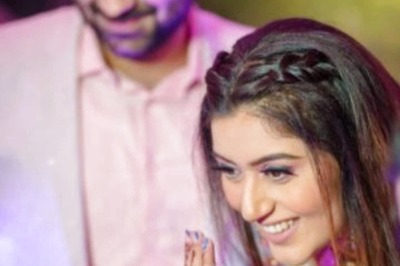
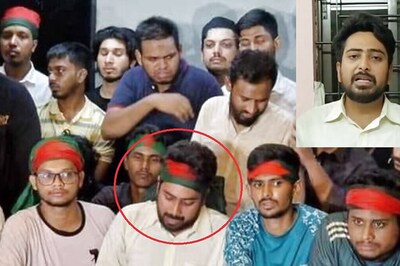
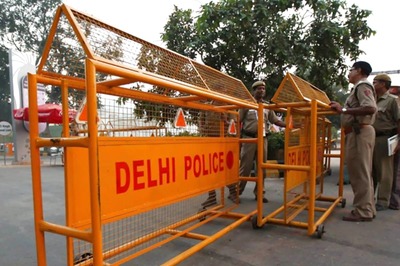


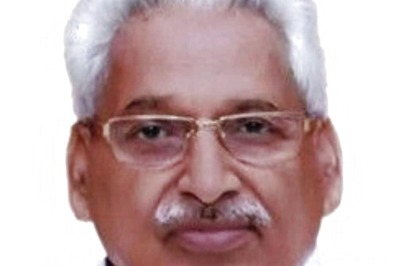
Comments
0 comment